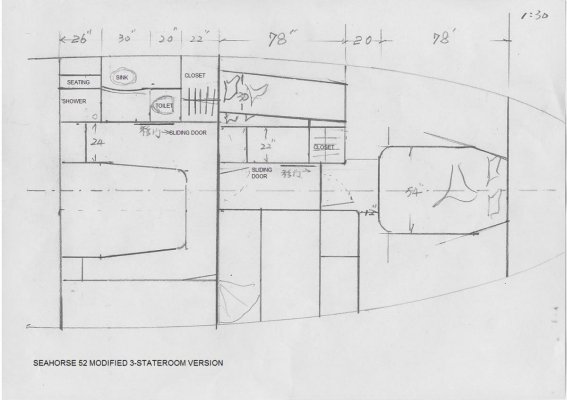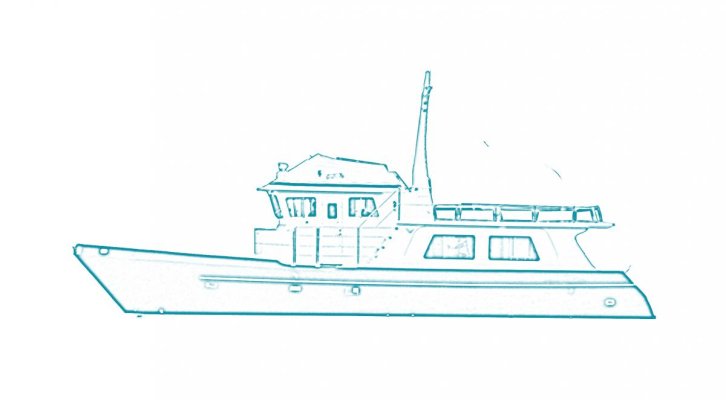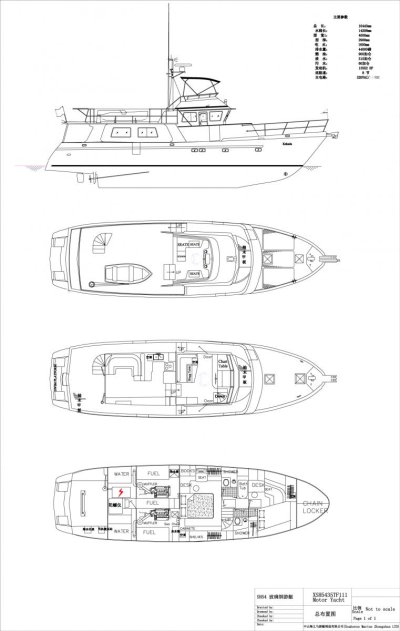Hello Changes,
I haven’t nearly the salt on my brow of some of those here, so I am sure some other more informed members can help with your question.
My first thought is, like anchoring, hoisting the main, or approaching a pier - there are differences for every vessel. Your system of launching a retrieval will need to be designed around your hardware.
Our boat came with a comprehensive owner’s manual. Instructions for the passive stabilizers are NOT included in the manual, so I have nothing formal to share. We received instruction in their use from our broker, who was previously involved in manufacturing our specific boat.
A good reference book is Voyaging Under Power, ISBN 0071767339. There are three earlier editions that could likely provide similar information. The books have specific information to answer your questions.
There are also many videos on YouTube. If you enter PARAVANE and/or PARAVANES in the YouTube search box, you will have access to videos from Cassidy’s Sailing Trawler, Norman Gregory, and others. There is a video involving a Diesel Duck. Also, look up the channel for Cruising Sea Venture - they had a system designed and installed. They are seasoned cruisers and share useful information about their system.
There is a company in the Seattle area that manufactures the paravanes...
Kolstrand.
I will conclude by saying there are hundreds of boats within 4 hours of me that have and use paravanes. I am immersed in the boat world here, and I am not hearing about, or reading about, any stories or people taking them off their boats. Similarly, I have not seen any data indicative of SAR missions with paravanes as a component.
Hope this helps - standing by.







